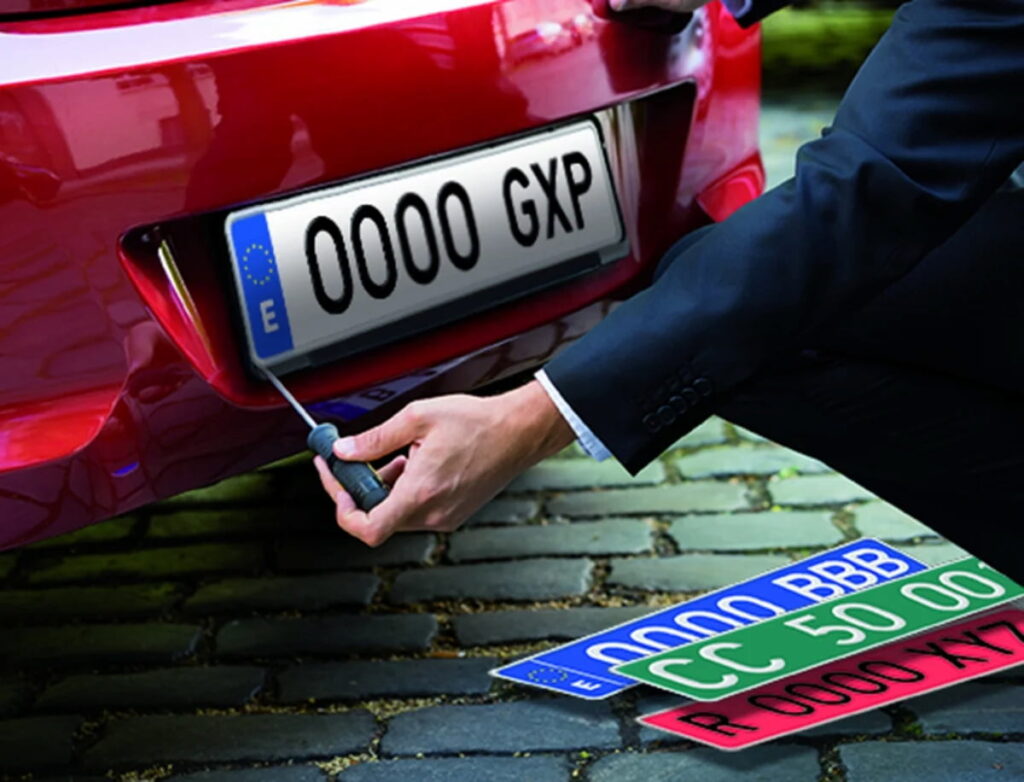In an era of technological advancements and evolving societal needs, even the most seemingly mundane aspects of our daily lives are subject to transformation. One such aspect is vehicle registration plates, which are often overlooked but crucial in ensuring road safety, law enforcement, and efficient traffic management. The introduction of 4D number plates aligns with the UK’s contemplation of modernizing its vehicle registration plate system. In considering factors for modern vehicle registration plates, the integration of 4D number plates with digital systems emerges as a key element. As the United Kingdom contemplates modernizing its vehicle registration plate system, several factors come into play:
Digital Integration and Technology:
Digital technology has revolutionized various industries, and vehicle registration is no exception. Modern registration plates should be designed to integrate seamlessly with digital systems. This integration can facilitate automated toll collection, enhance surveillance capabilities, and aid law enforcement in tracking stolen vehicles. Additionally, incorporating RFID (Radio-Frequency Identification) or NFC (Near Field Communication) technology can enable quick and secure access to vehicle information, streamlining processes for both authorities and vehicle owners.
Environmental Sustainability:
As the world grapples with climate change and environmental concerns, the materials used in vehicle registration plates must align with sustainable practices. Exploring eco-friendly materials, such as recycled plastics or biodegradable alternatives, can contribute to the UK’s commitment to reducing its carbon footprint. Moreover, the manufacturing process should prioritize energy efficiency and waste reduction to ensure a minimal environmental impact.
Legibility and Visibility:
One of the primary functions of registration plates is to provide clear identification of vehicles. In the design of modern plates, legibility and visibility should be paramount. Utilizing high-contrast colors, reflective materials, and standardized fonts can enhance readability, especially in varying lighting conditions. This not only aids law enforcement but also promotes road safety by making vehicles easily identifiable to other road users.
Anti-Fraud Features:
With the rise of sophisticated vehicle-related crimes, incorporating anti-fraud features in registration plates is crucial. Holographic images, watermarks, or other tamper-evident technologies can deter counterfeiters and enhance the overall security of the registration plate system. This protects vehicle owners and supports law enforcement efforts in combating fraudulent activities.
Personalization Options:
While maintaining standardization for official purposes, providing limited personalization options for vehicle owners can add a touch of individuality. Allowing for unique color combinations or personalized alphanumeric sequences within specified guidelines can foster a sense of ownership and pride among vehicle owners. Striking the right balance between personalization and standardization ensures that the plates remain easily recognizable and serve their primary identification purpose. Personalization options for vehicle owners may extend to the realm of 4D number plates, adding a touch of individuality.
International Compatibility:
Considering international compatibility is essential given the global nature of travel and trade. Modern registration plates should adhere to international standards to facilitate seamless cross-border interactions. This becomes particularly relevant in a post-Brexit era, where streamlined processes with neighboring countries can enhance logistical efficiency and international cooperation.
Data Privacy and Security:
As registration plates become increasingly integrated with digital systems, safeguarding the privacy and security of vehicle-related data is paramount. Strict protocols for data encryption, secure storage, and controlled access must be implemented to prevent unauthorized use or potential breaches. A robust cybersecurity framework ensures that the benefits of digital integration do not compromise individual privacy or national security.
Public Awareness and Consultation:
Modern registration plates should involve public awareness campaigns and consultations to ensure widespread acceptance and understanding. Engaging with the public allows for valuable feedback, addresses concerns, and fosters collaboration between authorities and citizens. Moreover, transparent communication about the benefits and implications of the new system can ease the transition process.
Types of Personalized Plates:
Understanding the types of personalized plates available in the UK adds another layer to the discussion. There are four basic styles of registration plates: Current, Prefix, Suffix, and Dateless.

Current Style:
As the name suggests, the current style is used for new car registrations today. This design, in use since 2001, comprises seven characters. It includes two letters indicating the registration region, two numbers indicating the vehicle’s age, and three random letters. For example, AB18 ABC.
Prefix Style:
This style was used in the UK between 1983 and 2001. It is called a “prefix” because the first letter indicates the vehicle’s age. For instance, a prefix plate that begins with a ‘G’ was registered in August 1989. An example is A123 ABC.
Suffix Style:
Issued between 1963 and 1983, the suffix-style plate starts with the letter ‘A’ and ends with a letter indicating its age. For instance, if the plate ends in ‘B,’ you’ll know it’s from 1964. An example is ABC 123A.
Dateless Style:
Dateless-style plates were used before 1963. They can be any combination of up to four numbers and three letters. What makes them desirable is that nothing indicates the vehicle’s age. An example is 1 AB.
Also Read: How to Strengthen Your Uber Claim for Maximum Compensation?

